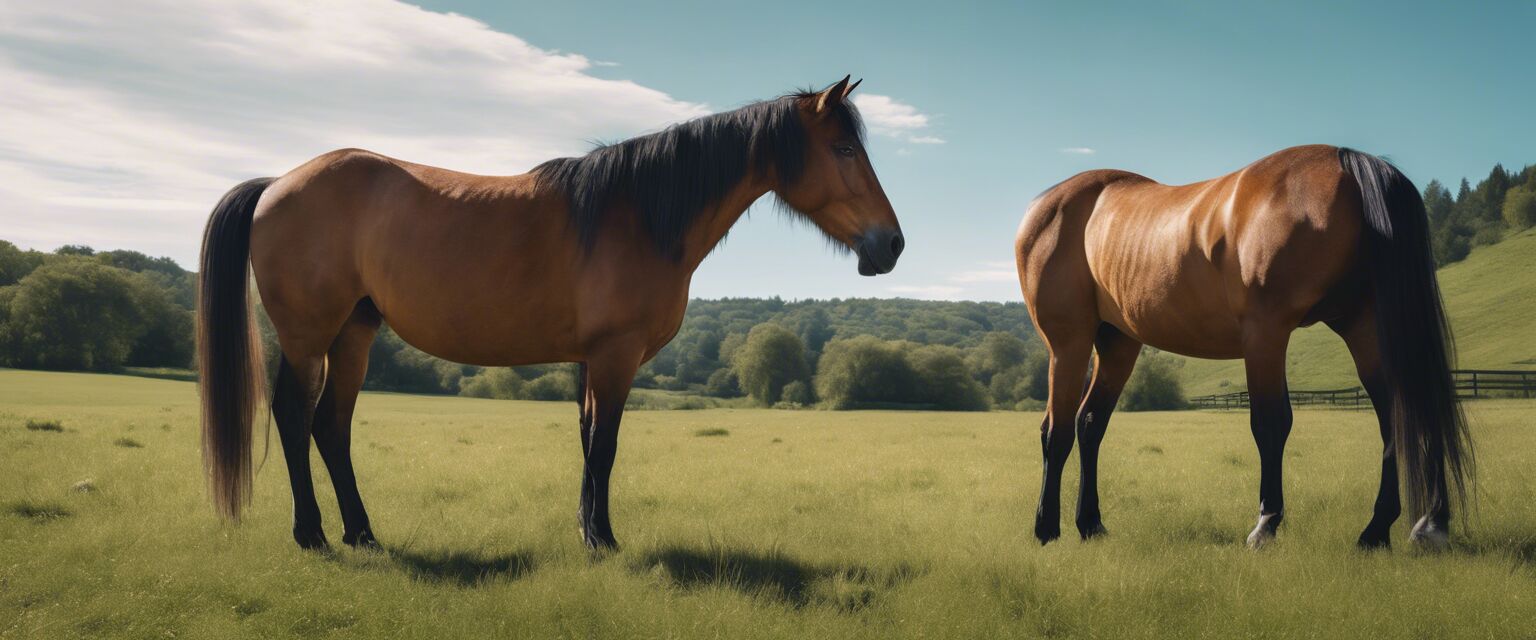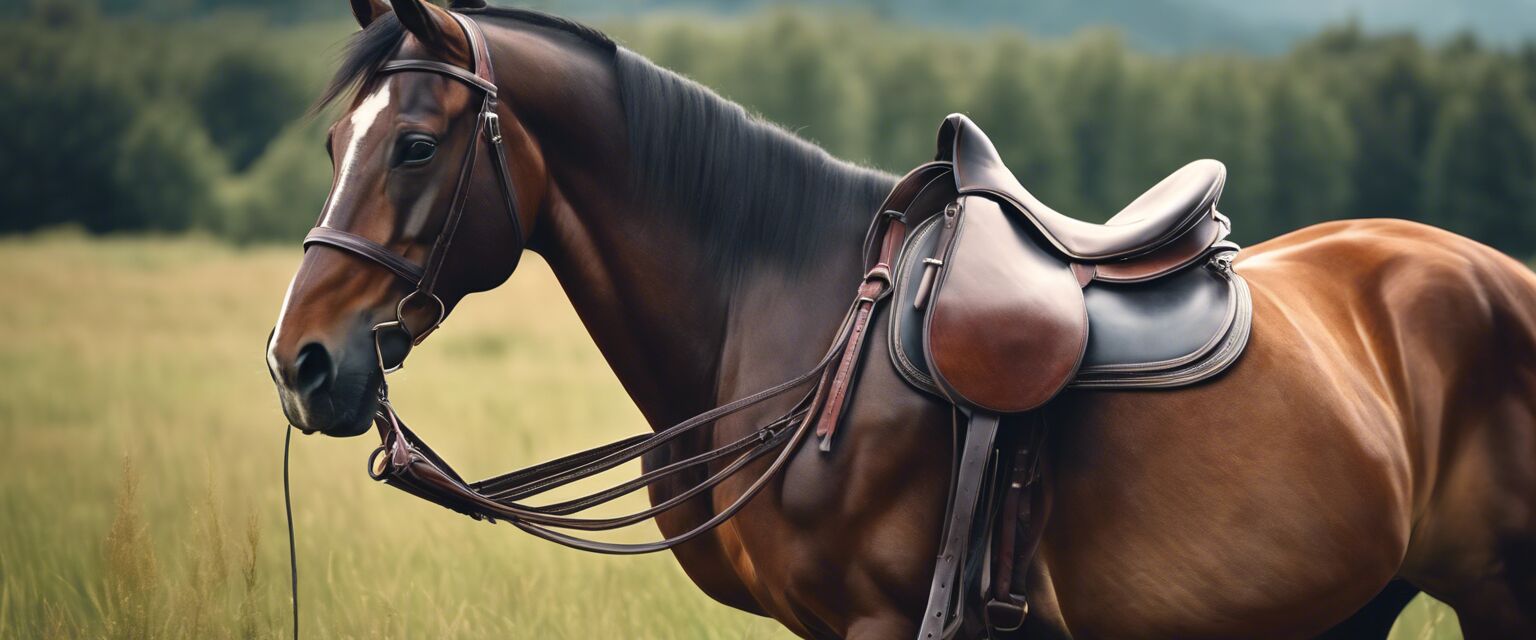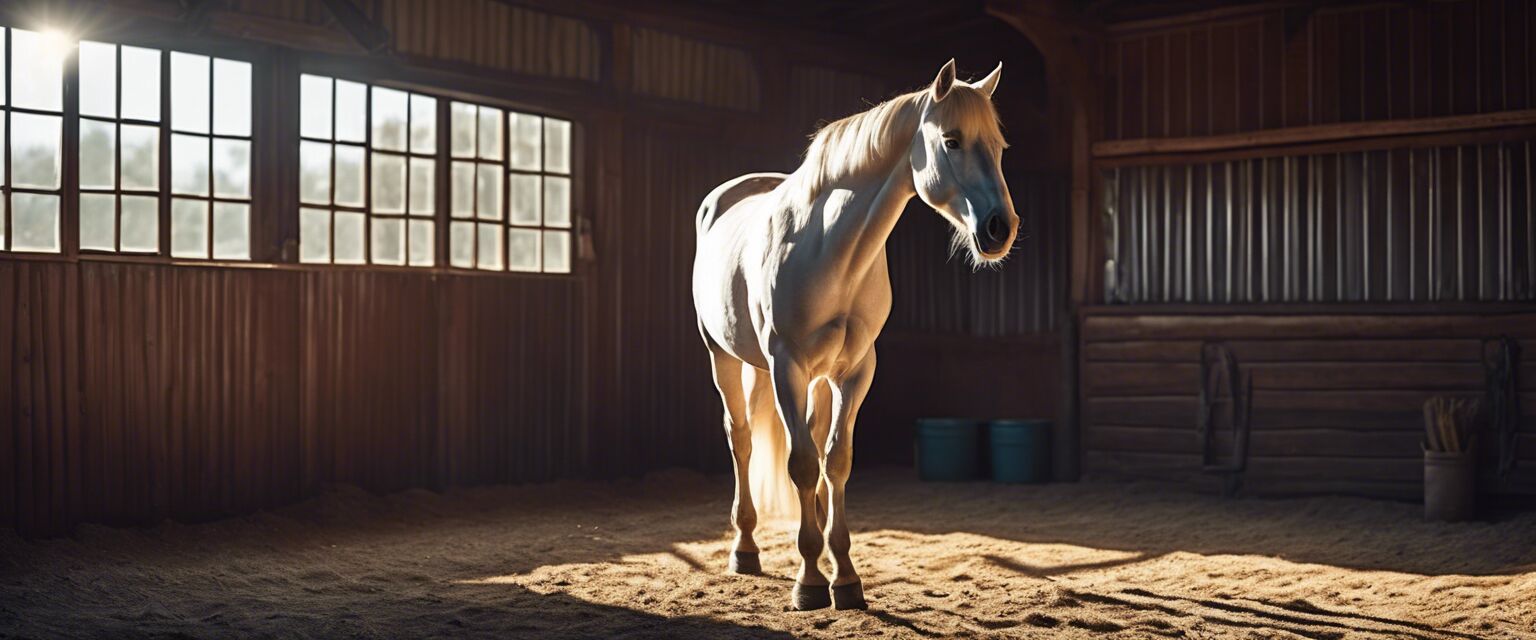
Equine Behavior and Training
Key Takeaways
- Understanding horse behavior is essential for effective training.
- Positive reinforcement is a powerful training method.
- Establishing a bond with your horse enhances trust and cooperation.
- Regular assessment and adaptation of training techniques are vital for success.
- Knowing common behaviors can help in predicting and managing issues.
To ensure a well-behaved horse, it's crucial to understand equine behavior and effective training methods. This guide is designed to provide insights that can help both novice and experienced horse owners create a harmonious relationship with their equine partners.
Understanding Horse Behavior
Horses are highly intelligent animals with complex behaviors. Here are some common behaviors to consider:
| Behavior | Description |
|---|---|
| Fleeing | Horses have a strong flight response triggered by perceived threats. |
| Exploration | Horses are naturally curious and will investigate new objects in their environment. |
| Socializing | Horses thrive in herds and display a variety of social interactions. |
| Vocalization | Horses communicate through whinnies, nickers, and snorts. |

Common Behavioral Problems
Recognizing and addressing common behavioral problems is vital. Here are several issues owners may encounter:
- Bucking: Often a sign of discomfort or fear.
- Weaving: An indicator of stress or boredom.
- Pulling on the lead: A sign of anxiety or excitement.
- Head tossing: This could indicate discomfort or irritation.
Effective Training Methods
Using effective training techniques can aid in correcting undesirable behaviors and enhancing your horse's overall well-being. Here are some strategies to consider:
1. Positive Reinforcement
This method involves rewarding desired behaviors to encourage their repetition. Examples include:
- Treats
- Verbal praises
- Gentle pats or strokes
2. Consistent Commands
Using consistent cues helps your horse learn quickly. It's important to use the same commands and gestures each time.
3. Gradual Training Sessions
Short, frequent training sessions yield better results than long, infrequent ones. Aim for 15-30 minutes daily.
4. Building Trust
Spending quality time with your horse outside of training can deepen your bond. Grooming and playing are excellent ways to strengthen your relationship.
For more on effective training techniques, visit our section on Equine Nutrition which emphasizes the importance of a healthy diet in training.
Training Tools
Having the right tools can make a difference in training success. Here are some essential tools:
| Tool | Purpose |
|---|---|
| Halters | Used for leading and tying horses safely. |
| Lead Ropes | Allows you to control your horse when leading. |
| Whips | Used for cues and refining horse movements. |
| Smart Horse Sensors | Tracks health and behavior for better training adjustments. |

Creating a Training Plan
A structured training plan is important for consistent progress. Hereâs how to create one:
- Define Goals: Be specific about what you want to achieve with your horse.
- Assess Current Skills: Understand where your horse currently stands in terms of behavior and training.
- Choose Techniques: Decide on the methods that suit your horse's personality and current skill level.
- Schedule Regular Sessions: Consistency is key for long-lasting training benefits.
- Evaluate Progress: Adjust your training plan as necessary based on your horseâs development.
For tips on optimizing your horse's environment, check our section on Stable and Pasture Management.
Conclusion
Understanding equine behavior and using effective training techniques is essential for horse owners. By creating a structured approach and fostering a bond with your horse, you can address behavioral issues and ensure a well-adjusted equine partner. Happy training!
Tips for Beginners
- Always approach your horse calmly and confidently.
- Be patientâlearning takes time for both you and your horse.
- Keep your training sessions short and enjoyable.
- Pay attention to your horseâs body language; it speaks volumes.
- Seek out experienced trainers for guidance if needed.
Pros
- Improved communication between horse and rider.
- Better understanding of horse behavior leads to safer handling.
- Increased trust fosters a strong bond with the horse.
- Effective training can prevent behavioral problems.
Cons
- Training takes time and patience.
- Inconsistency in methods can confuse the horse.
- Not all horses respond the same way to training techniques.
- Requires ongoing commitment and adjustment.
For more information on training techniques and behaviors, feel free to explore our other articles on Equine Exercise and Fitness and Preventive Healthcare.









